The War
The once small tribe became a country, spreading all over their newfound land and starting to harvest its resources. Morknars built their society around the pursuit of knowledge, trying to understand and grasp that elusive power they had felt since they arrived. The elders reigned from the new capital of Daygrasp, but only for a short amount of time.
Quickly enough, disparities and conflicts emerged between the farthest regions of Grishnak. It only took a mere century after settling down on Grishnak for the first armed conflict to occur. Raids and skirmishes turned into wars, and before they could even blink, the Elders were overthrown. Grishnak split into three parts, and they were held prisoners in the most prominent.
From there, Elders had to regain the trust of their former subjects carefully. Luckily for them, only they knew how to wield magic and possessed the old mind, something even the most foolish conquerors wouldn't risk losing. Year after year, the old mind carefully guided the Elders to find their way back to being in power.
They started by reclaiming their rights as advisors to the lord, slowly recovering their former rights and proving their worth as leaders by providing decisive guidance during war times.
Eventually, a young morknar high within the elders' circle became second in line to the succession. All they needed was a quick and stealthy way of getting rid of the current leader, which the old mind gracefully provided. The young one accessed power and secretly received the old mind. They then worked on reuniting Grishnak, which would again require the cojoined efforts of two generations.
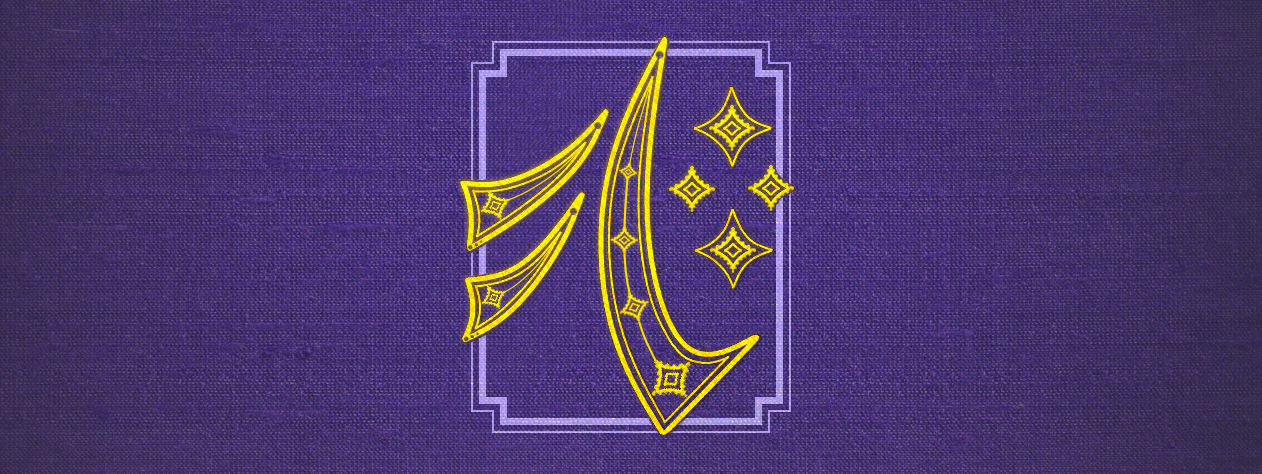
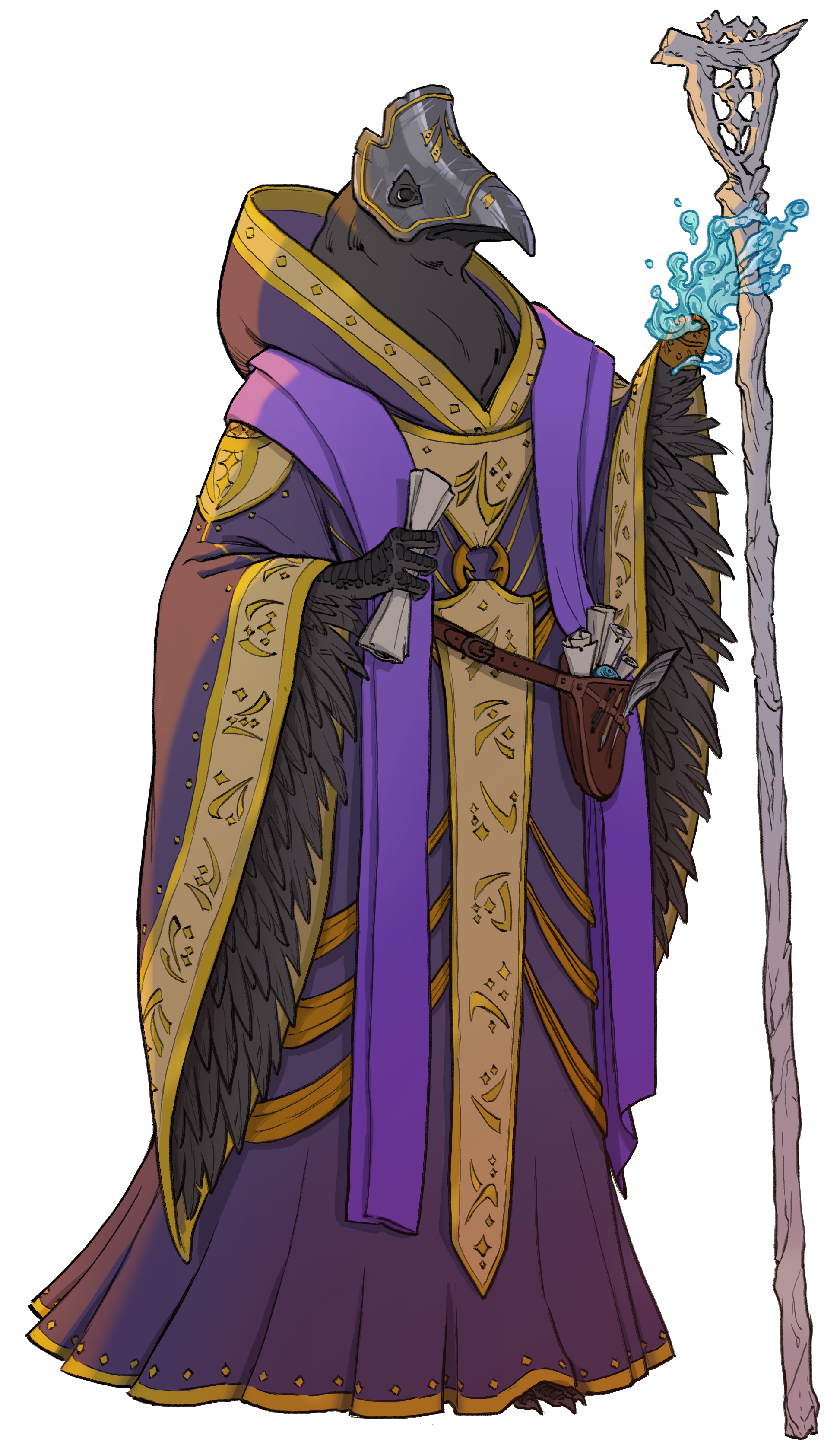
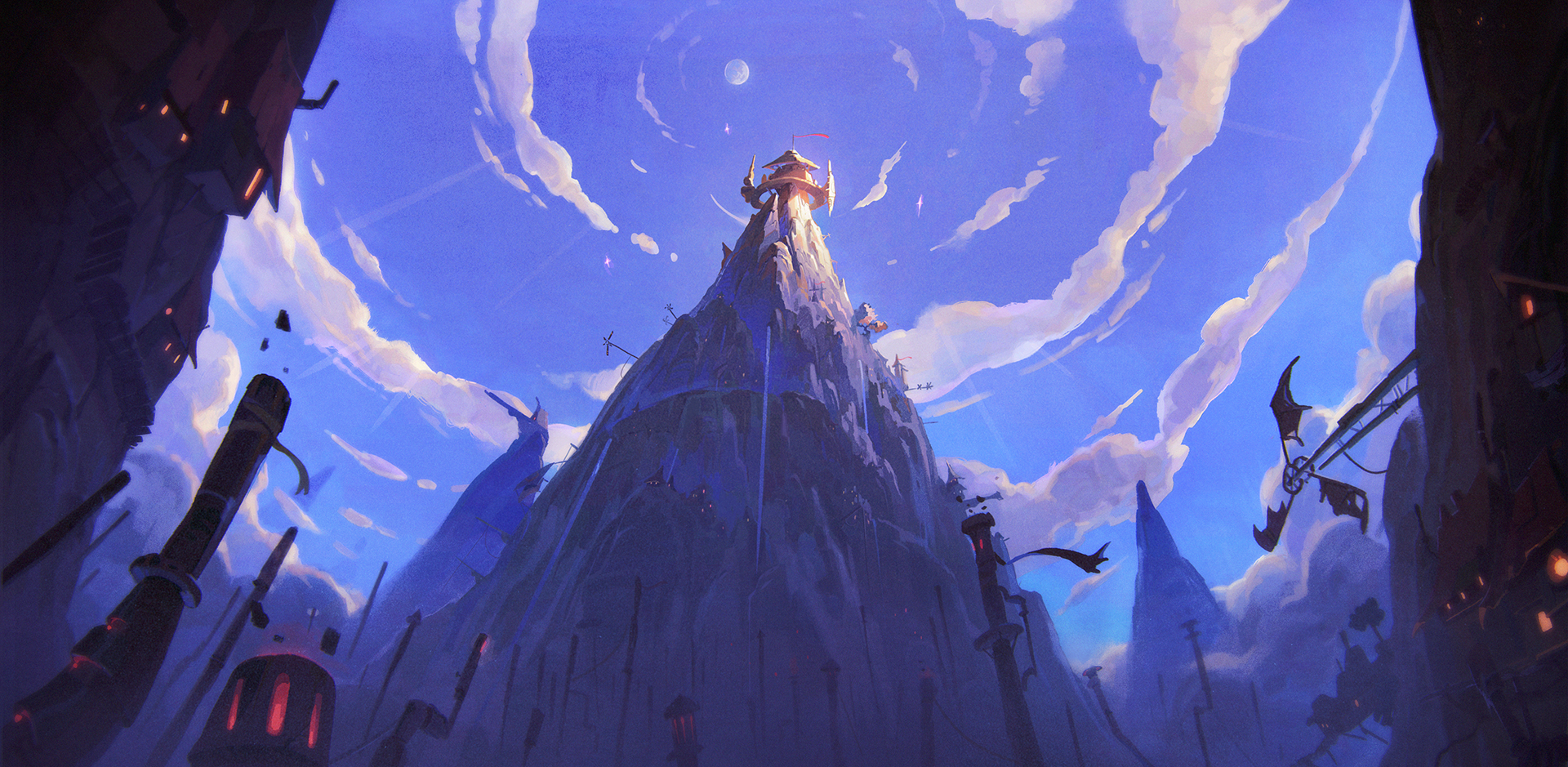
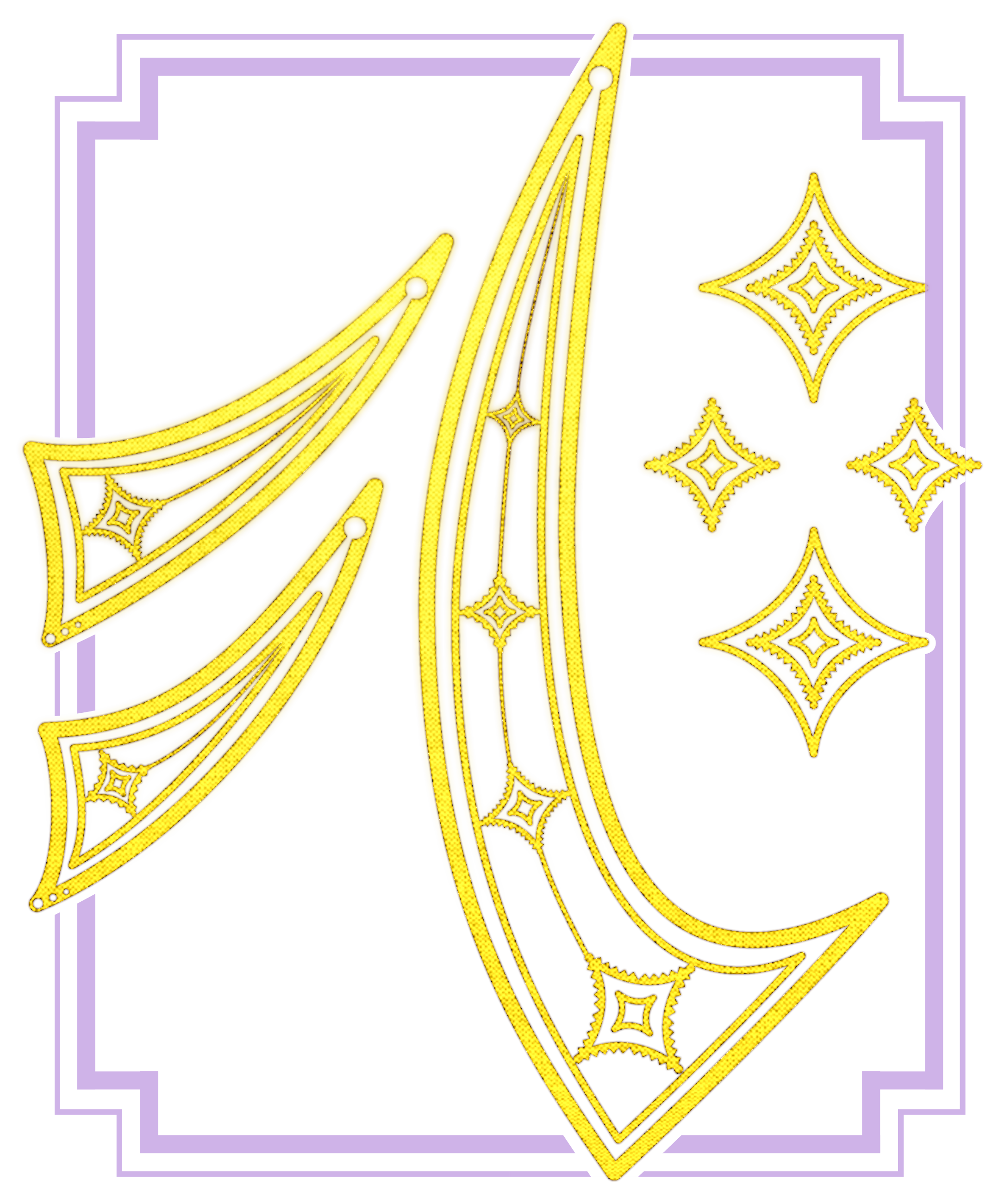
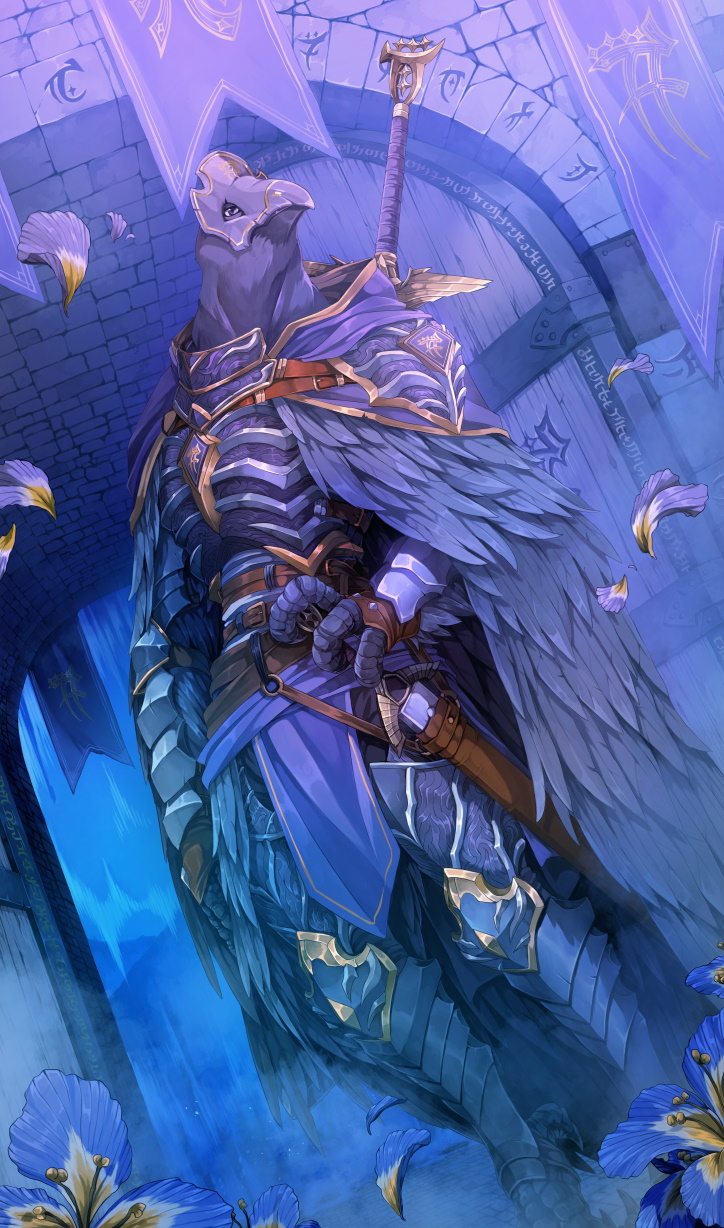
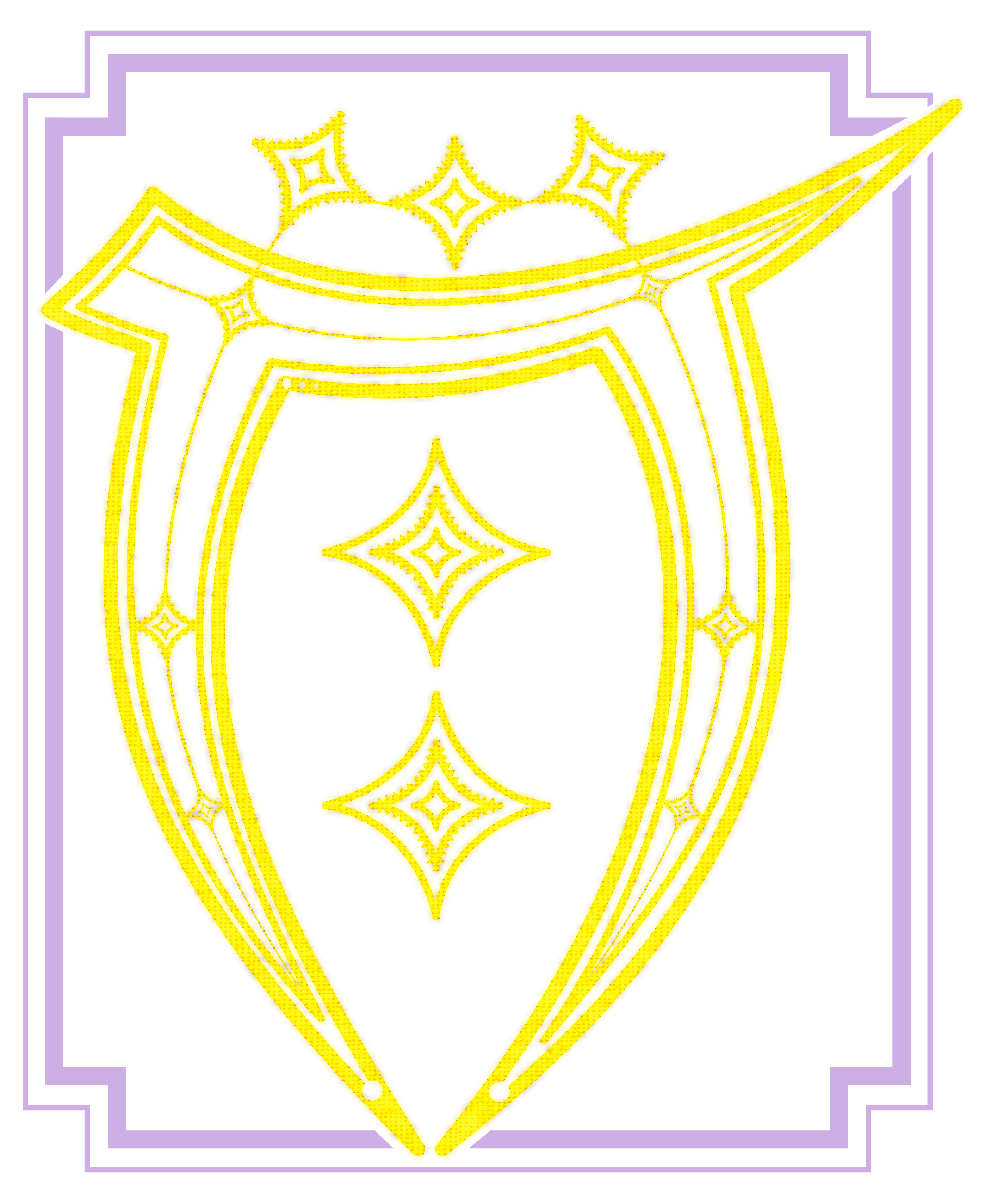
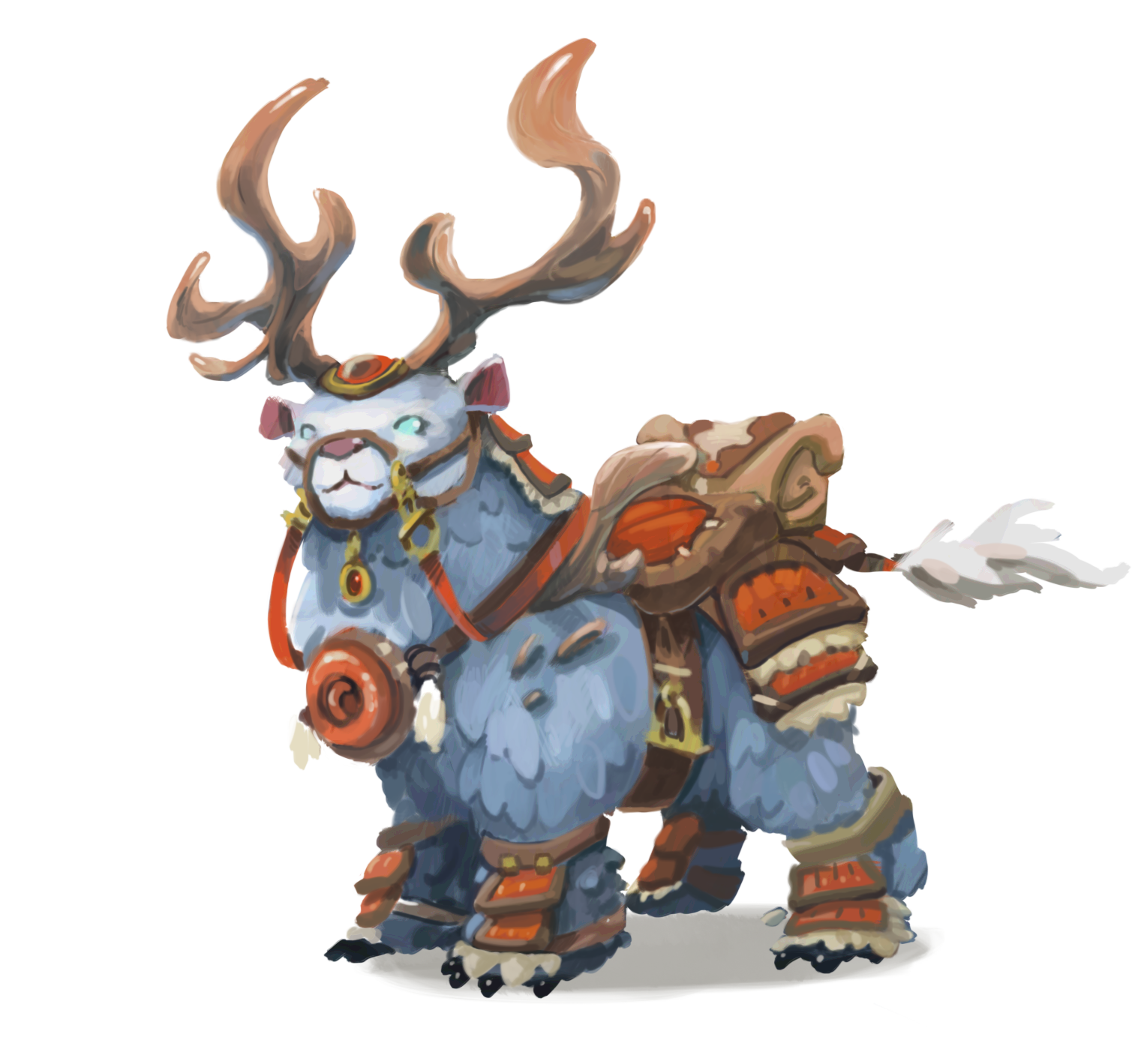
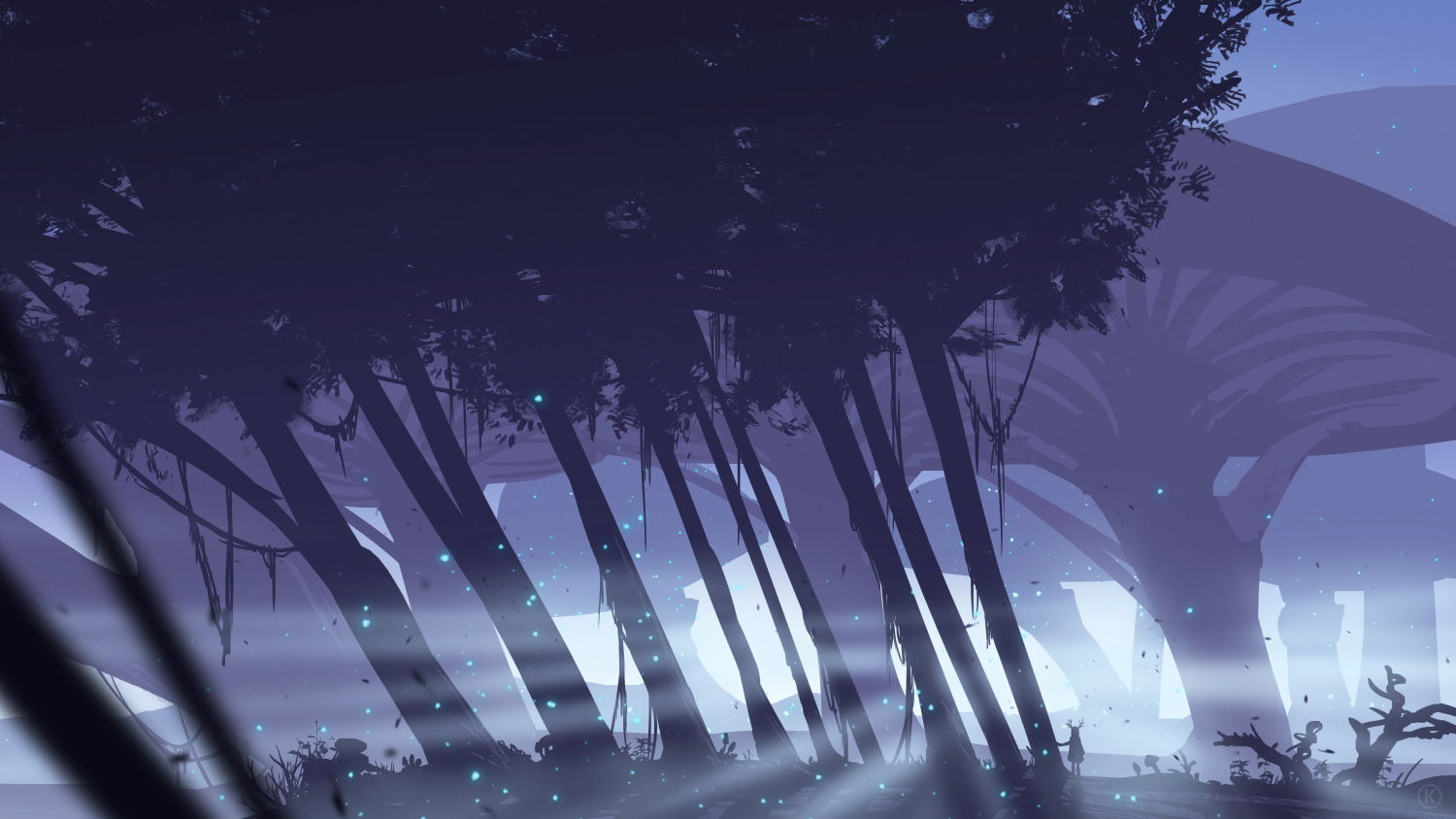
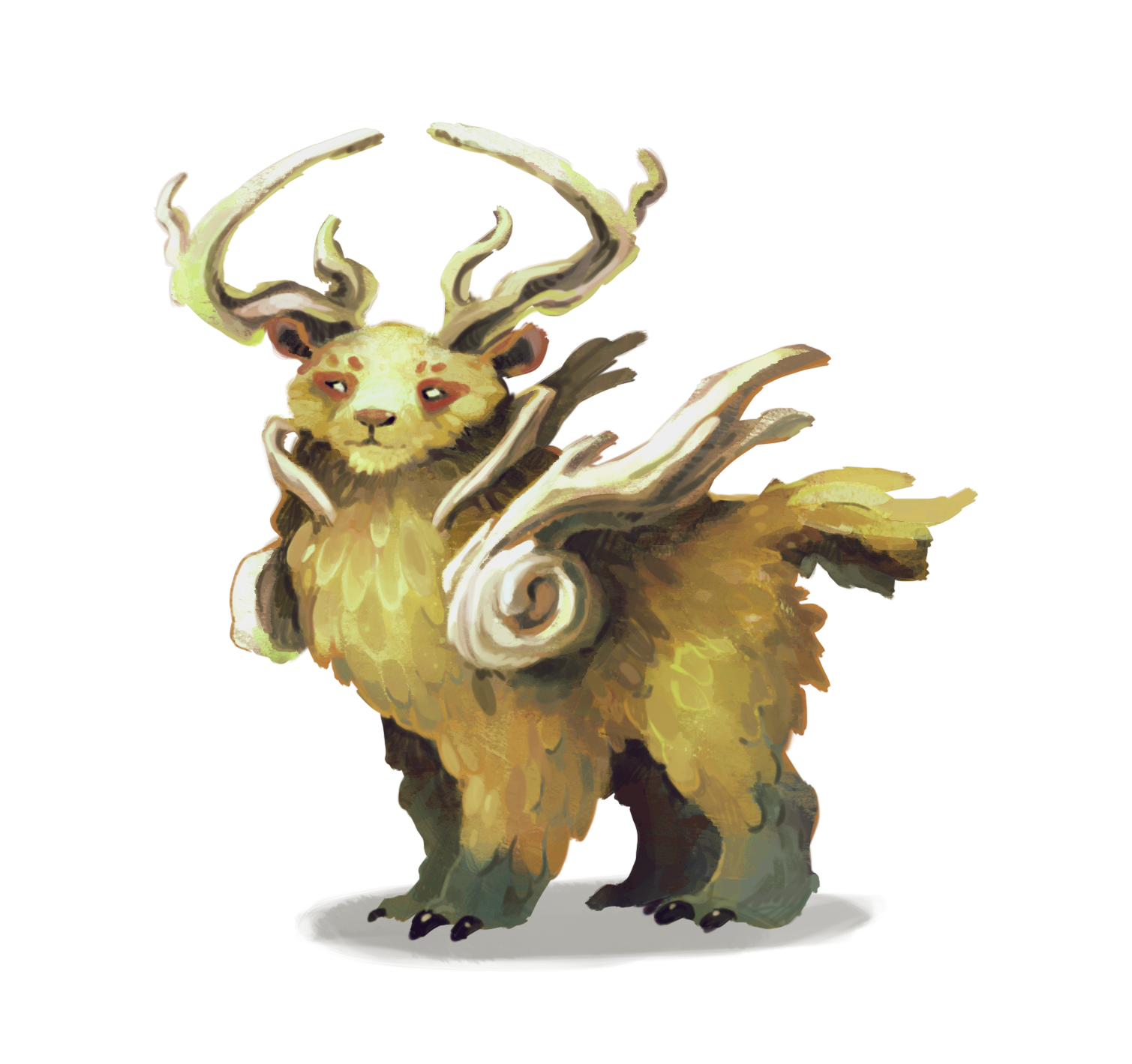
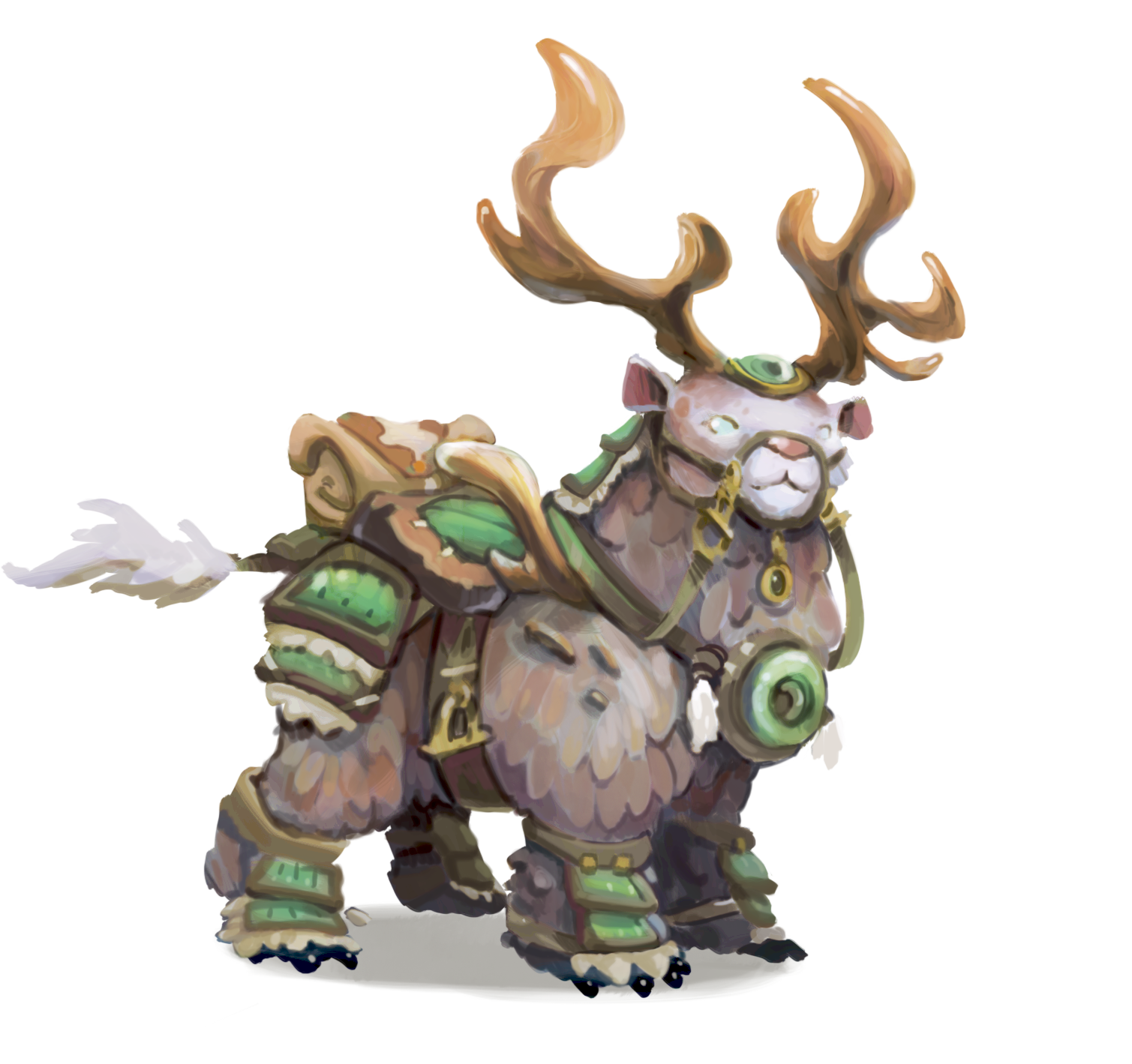
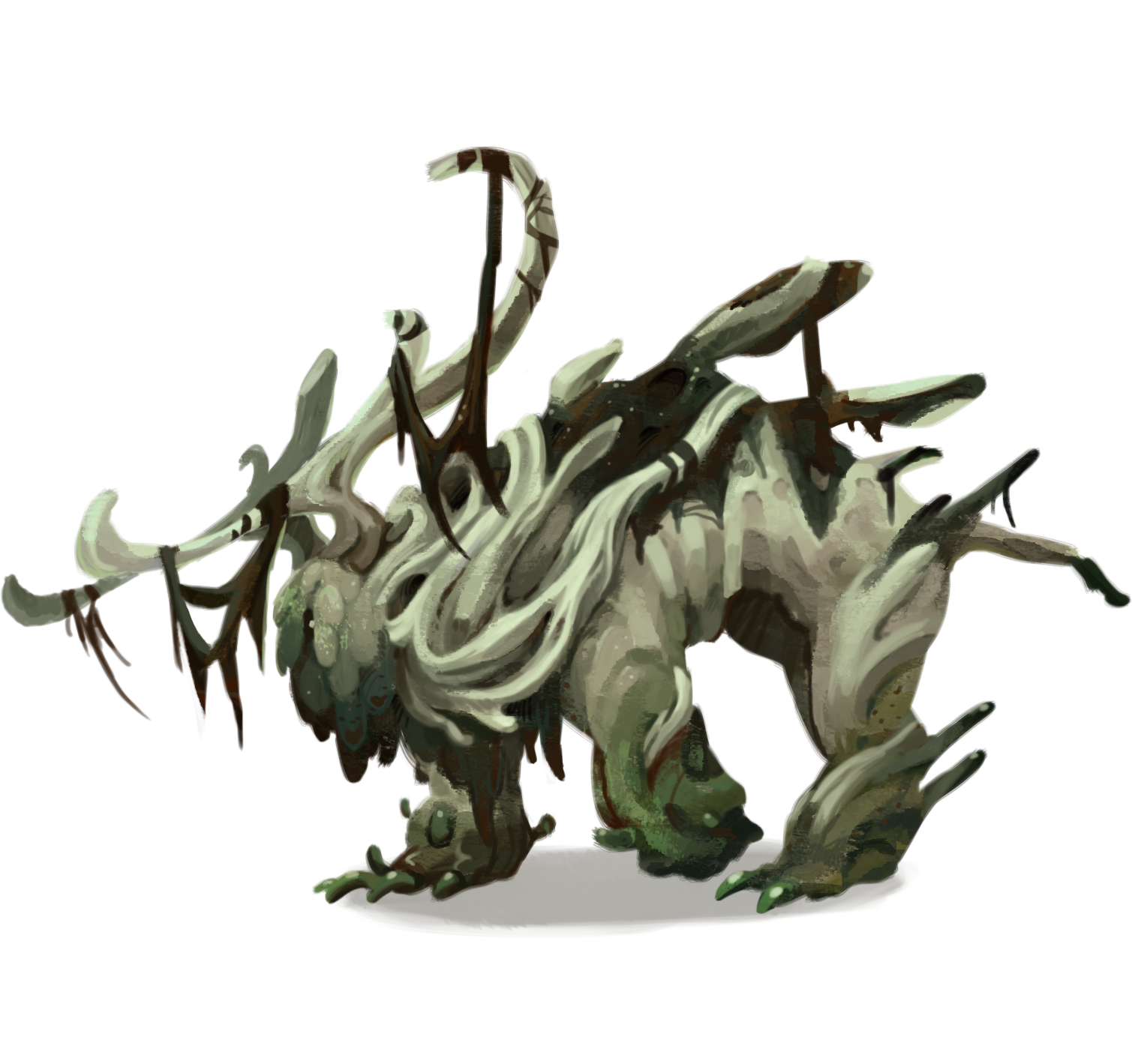
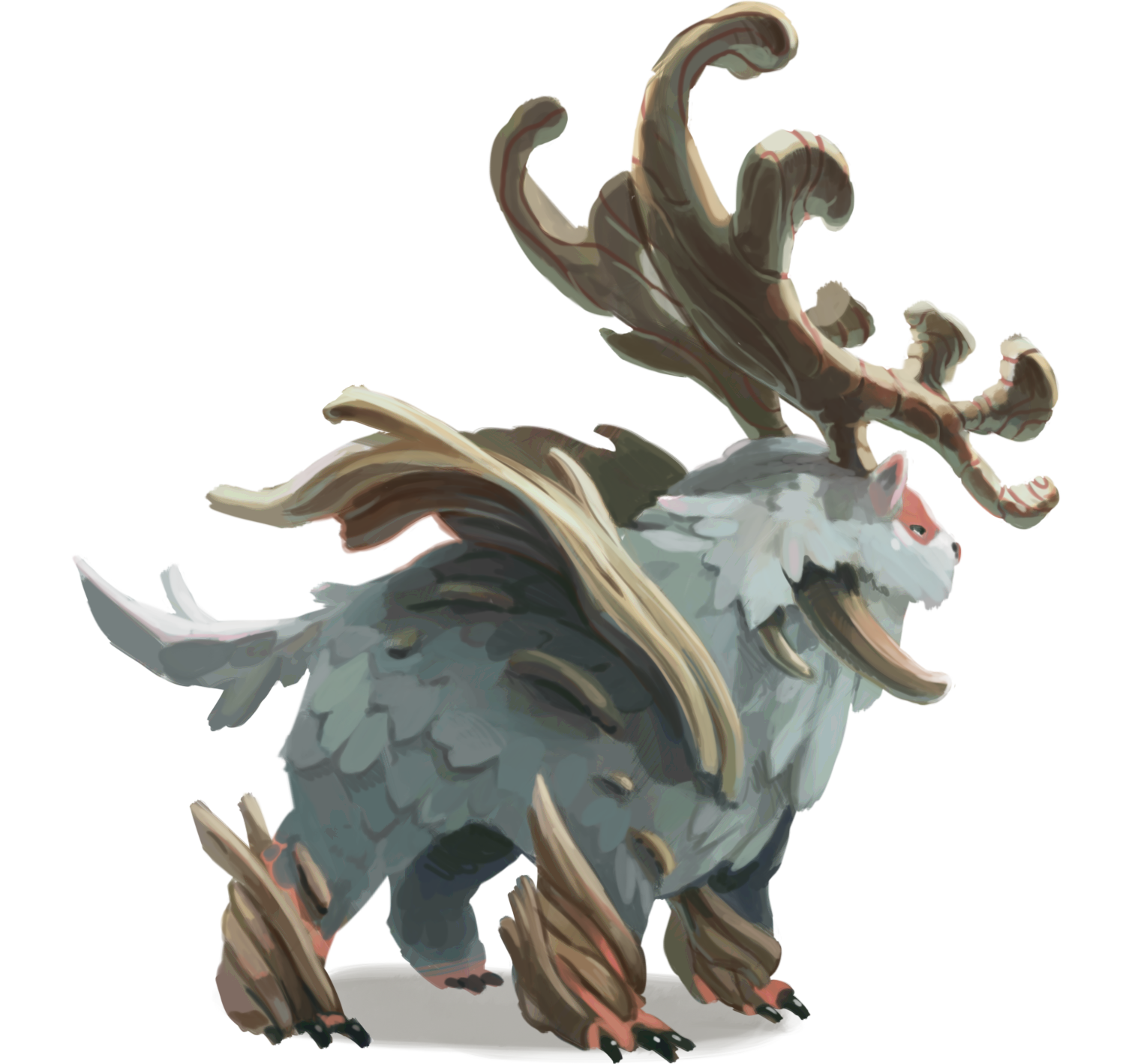



Comments